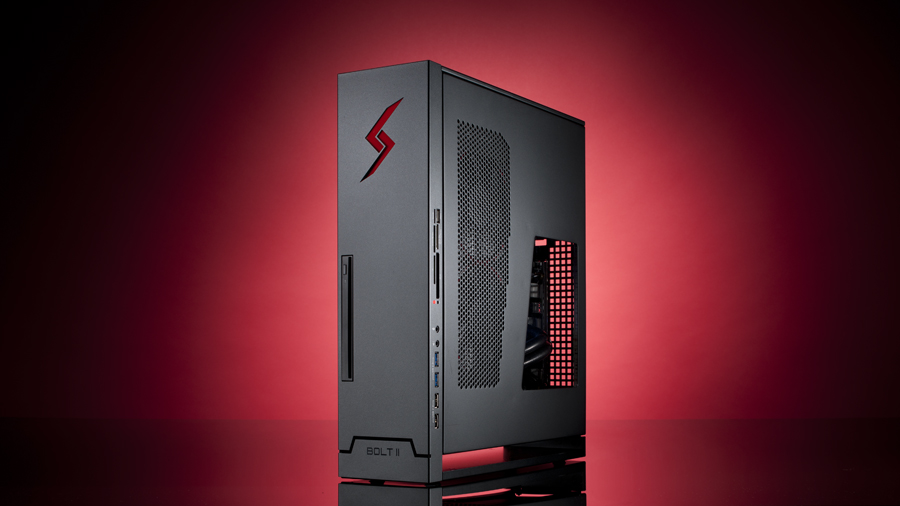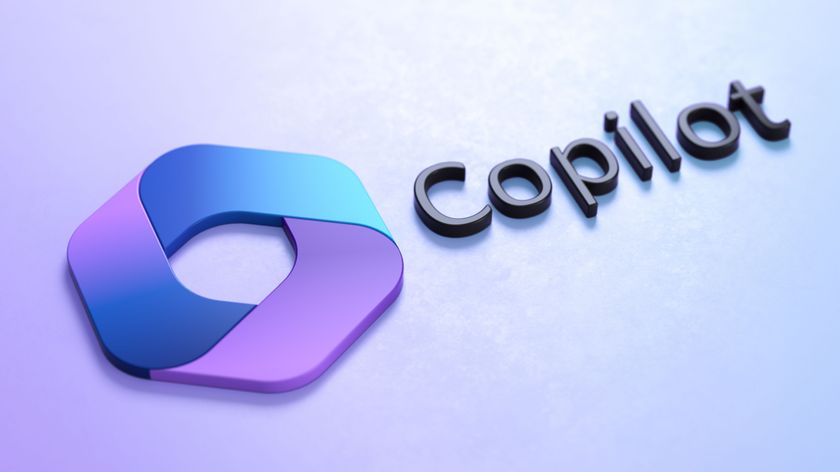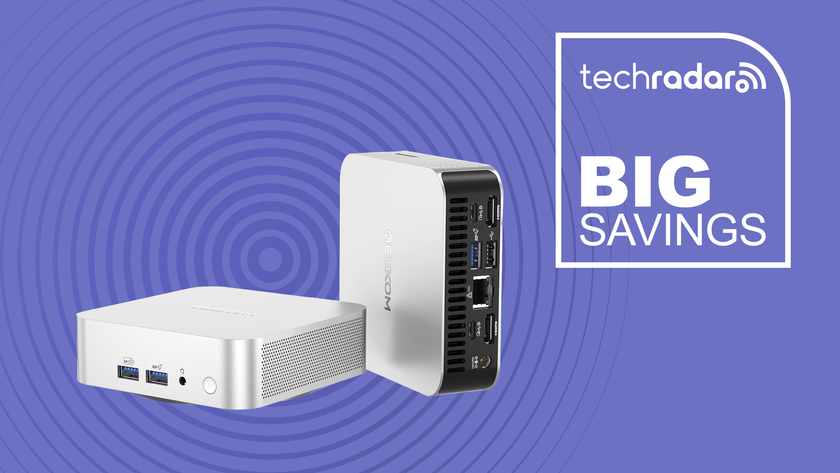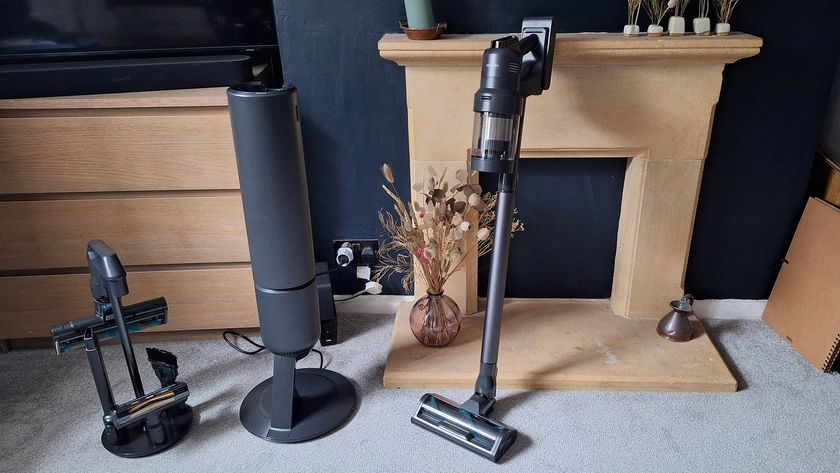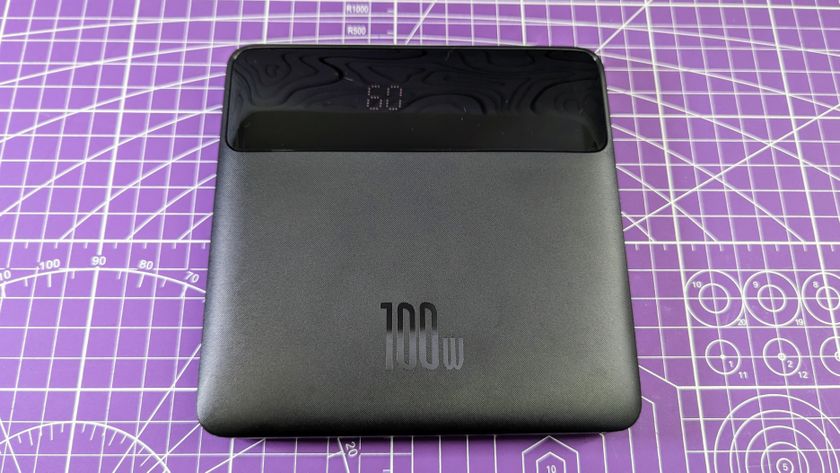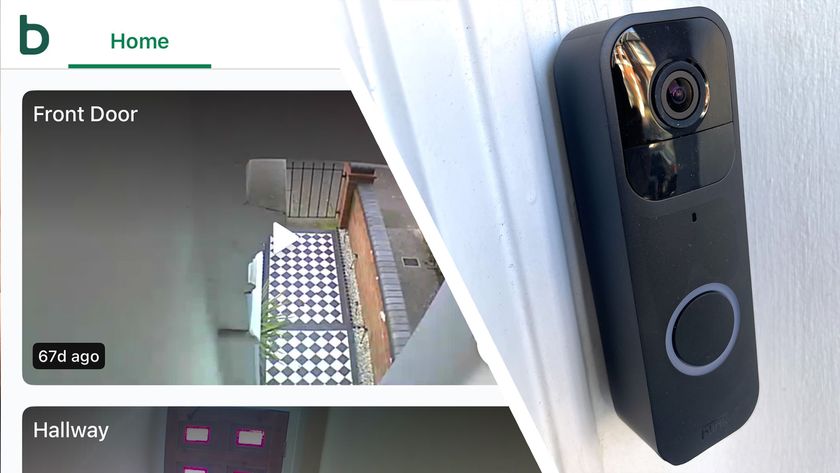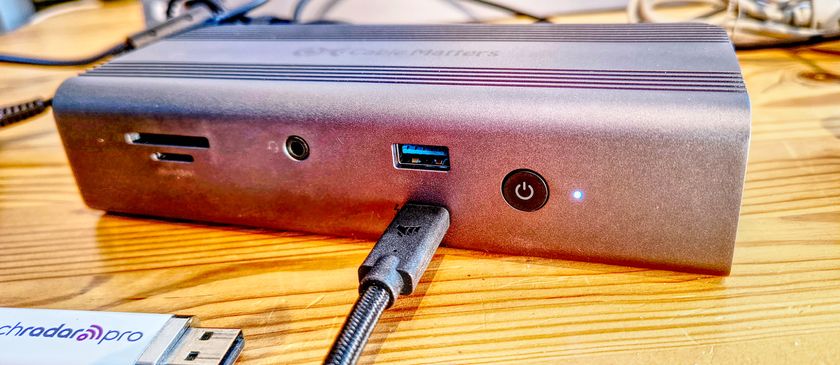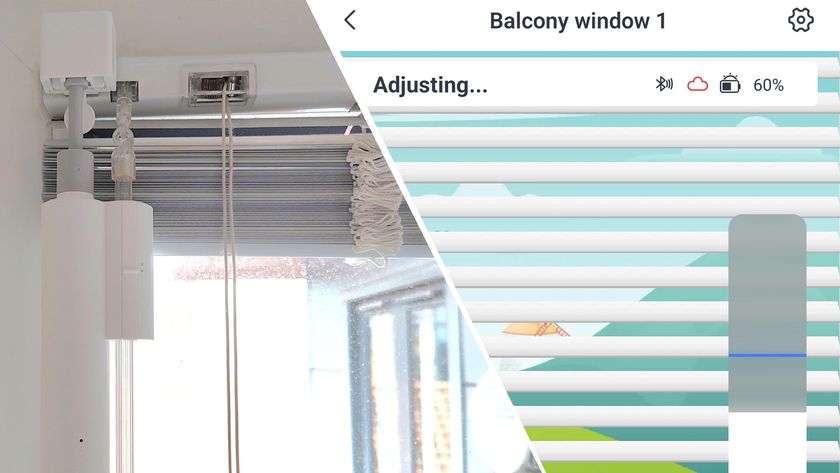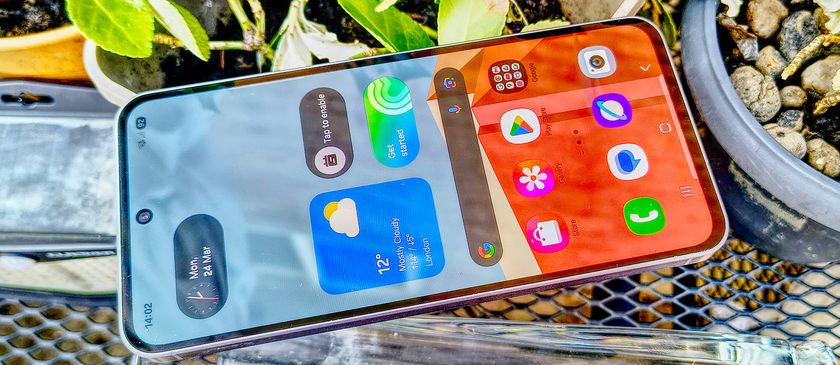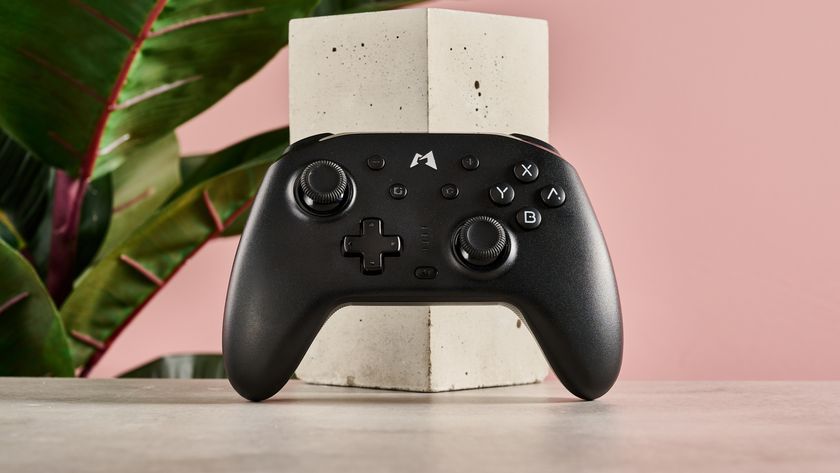Why you can trust TechRadar
The idea behind a Steam Machine is a small, uncomplicated system to sit underneath a TV. Also important is its ability stream media better than the consoles and play games at a higher resolutions and with more detail. Oh, and don't forget offering an online game and app ecosystem far more robust than Sony or Microsoft's wall gardens.
The Bolt II fits all of the above. In its design fervor, however, Digital Storm may have gone a bit too far: this is an absurdly powerful machine. It's packed with top-tier components and it's not afraid to show it on synthetic benchmarks. Here's the Digital Storm Bolt II configuration sent to TechRadar in detail:
Spec sheet
- Processor: 4GHz Intel Core i7-4790K (quad-core, 8MB cache, up to 4.4GHz with Turbo Boost)
- Motherboard: Asus Z97I-Plus (Intel Z97 Chipset, mini‐ITX)
- Graphics: PNY Nvidia Geforce GTX 780Ti (3GB GDDR5 RAM)
- Memory: 16GB Corsair Vengeance Pro DDR3 (1866MHz)
- Storage: 500GB Samsung 840 EVO SSD; 2TB Western Digital Black Edition HDD (7,200 rpm, 64MB cache)
- Optical drive: Blu‐ray/DVD Writer
- Connectivity: 802.11ac Wi-Fi; Bluetooth 4.0
- Operating system: Microsoft Windows 8.1 (64‐Bit Edition)
- Power supply: 500W Digital Storm Bolt II Edition (Gold Plus Rated)
- Cooling unit: Digital Storm 240mm Radiator Liquid CPU Cooler
- Ports: 3x 3.5mm audio ports (1 headphone/mic jack), 6 x USB 3.0, 6 x USB 2.0, 3-in-1 card reader, CF, MS/SP Duo Pro, PS/2 keyboard/mouse combo port, 2 x DVI-D, 2 x D-Sub, 2 x DisplayPort, 2 x HDMI, LAN (RJ45) port, Optical S/PDIF out, 2 x Wi-Fi antenna ports
- Size: 16.4 x 4.4 x 14.1 inches (H x W x D)
- Warranty: 3-year limited with life‐time expert customer care
The Bolt II comes in four configurations – Good, Better, Best and Ultimate. The "Best" option listed above comes in at $2,550 (about £1,580, AU$2,786) and decidedly makes the Bolt II one of the pricier boutique systems available.
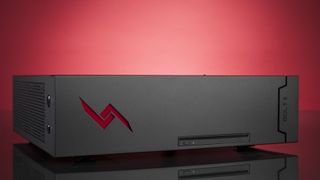
We'll get to the big guns – the Intel Core i7 processor and Geforce GTX 780Ti graphics card – in a minute. But three understated components worth pointing out are the built-in 802.11ac Wi-Fi and Bluetooth 4.0, the Optical audio-out port and Blu-ray player.
Built-in 802.11ac is, realistically, currently unimportant to PC gamers. For the fastest, lag-free online experience, they'll opt for a direct connection to the router. That said, Wi-Fi is often used in living room settings, with the router found in the office or den.
The more versatile nature of this rig's form factor demands a variety of connectivity options. This alone is proof enough that Digital Storm has thought beyond the core PC gamer crowd, many of which with spaces dedicated solely to their hobby of choice.
That said, an echo-tinged optical audio-out port and driver-less Blu-ray player mar the so-far-perfect product. It's OK for audio ports to be a bit, well, broken on lower-end systems. When you're paying nearly four grand, though, you should expect everything to be perfect. If you're planning on using the Bolt II as a media center – as in hook it up via optical cable to a set of speakers or a head unit – think again.
While this is more than likely a fluke than a widespread issue, Digital Storm does offer three years of tech support and warranty for free in the off chance lightning should strike twice.
The Asus Z97I-Plus's muddled audio is jarring and will completely ruin your next movie night. Which, if it so happens involves a Blu-ray disc, may not turn out great anyways. The included Blu-ray player (a Matshita BD-MLT UJ265), at least in the unit sent to TechRadar, didn't actually play Blu-ray discs.
Performance
At the end of the day, add-ons are add-ons. Everything aforementioned failure (the Blu-ray player, the audio-out port and tight-fitting case) is important, because otherwise, this machine is so gosh-darned perfect everywhere else.
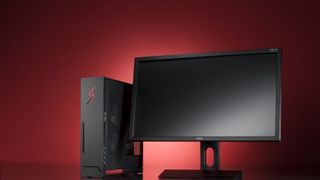
Running Metro: Last Light at a barely playable 33 frames per second (fps) on the highest settings is no small feat. I've tested gaming rigs that routinely score anywhere from 18 to about 8 fps under the same load and slow down to a crawl during any action sequence.
The Bolt II can juggle 99% of last year's releases on their highest settings, all while running streaming or web browsing apps, and cranking tunes from Pandora or Spotify. Don't believe me? Here are the synthetic test scores in detail below:
Benchmarks
- 3DMark: Ice Storm: 191,278; Cloud Gate: 28,833; Fire Strike: 9,975
- Cinebench Graphics: 161 fps; CPU: 928 cb
- PCMark 8 (Home): 4,503 points
- Bioshock Infinite (1080p, Ultra): 121 fps; (1080p, Low): 337 fps
- Metro: Last Light (1080p, Ultra): 33 fps; (1080p, Low): 143 fps
The outlook here is a positive one. Getting over 100 fps on a moderately graphics-intensive game like BioShock Infinite bodes well for the system's future. The Bolt II, in its current configuration, is a lasting investment. Not only should this rig deftly handle both the next Assassin's Creed and Call of Duty games, but next year's inevitable installments as well.
Nick Pino is Managing Editor, TV and AV for TechRadar's sister site, Tom's Guide. Previously, he was the Senior Editor of Home Entertainment at TechRadar, covering TVs, headphones, speakers, video games, VR and streaming devices. He's also written for GamesRadar+, Official Xbox Magazine, PC Gamer and other outlets over the last decade, and he has a degree in computer science he's not using if anyone wants it.
